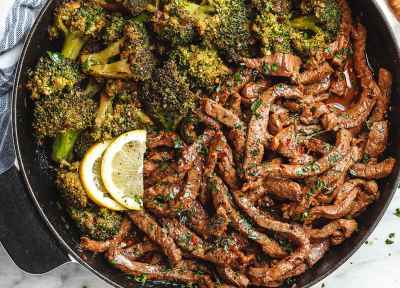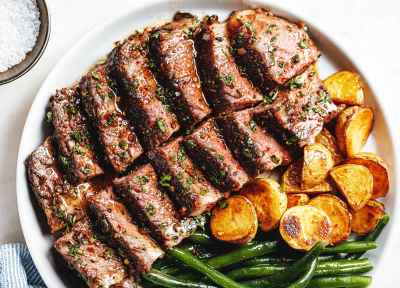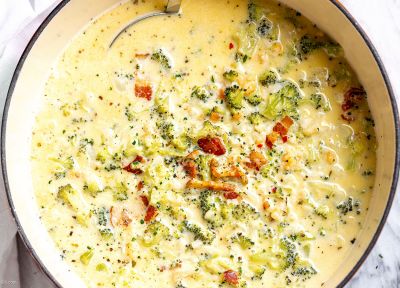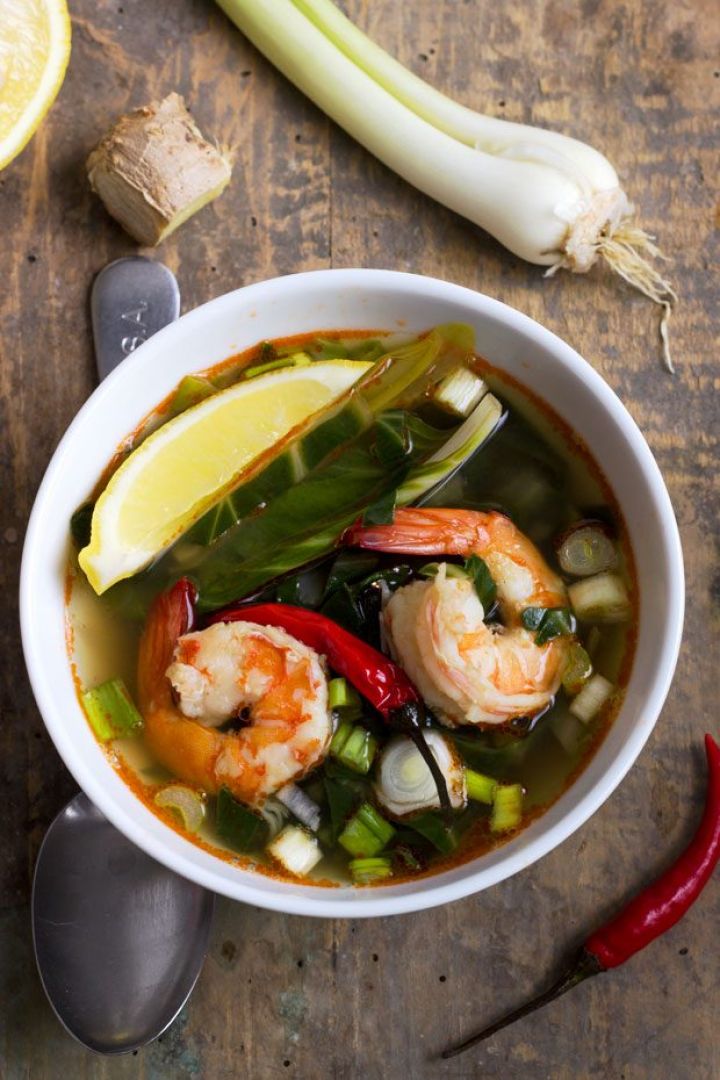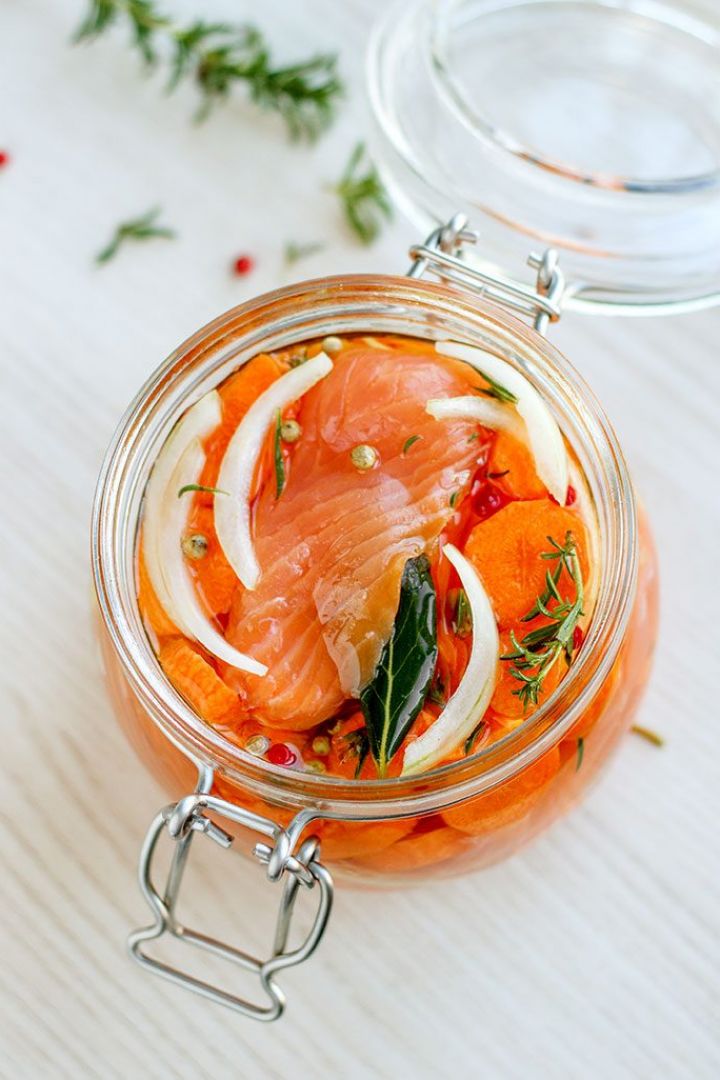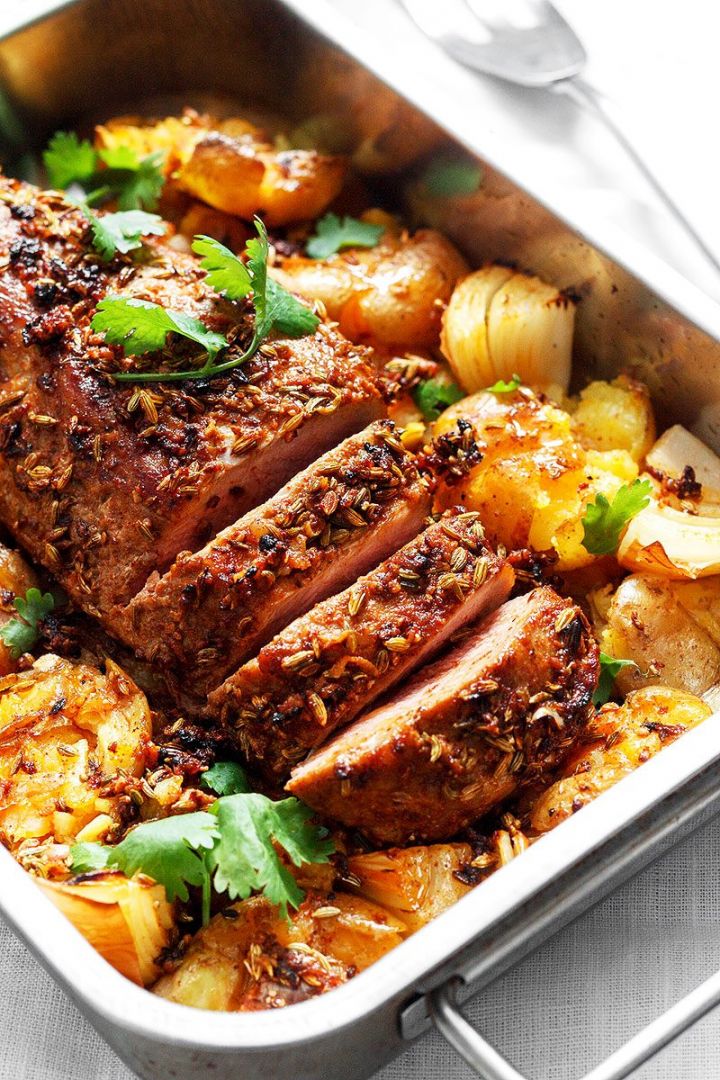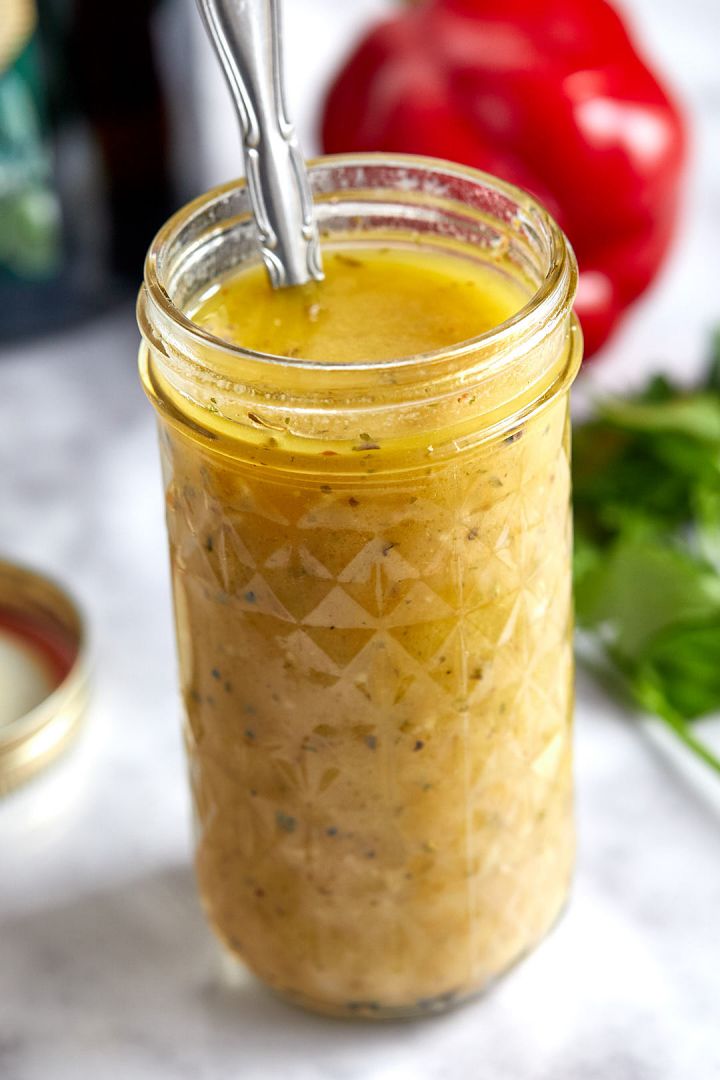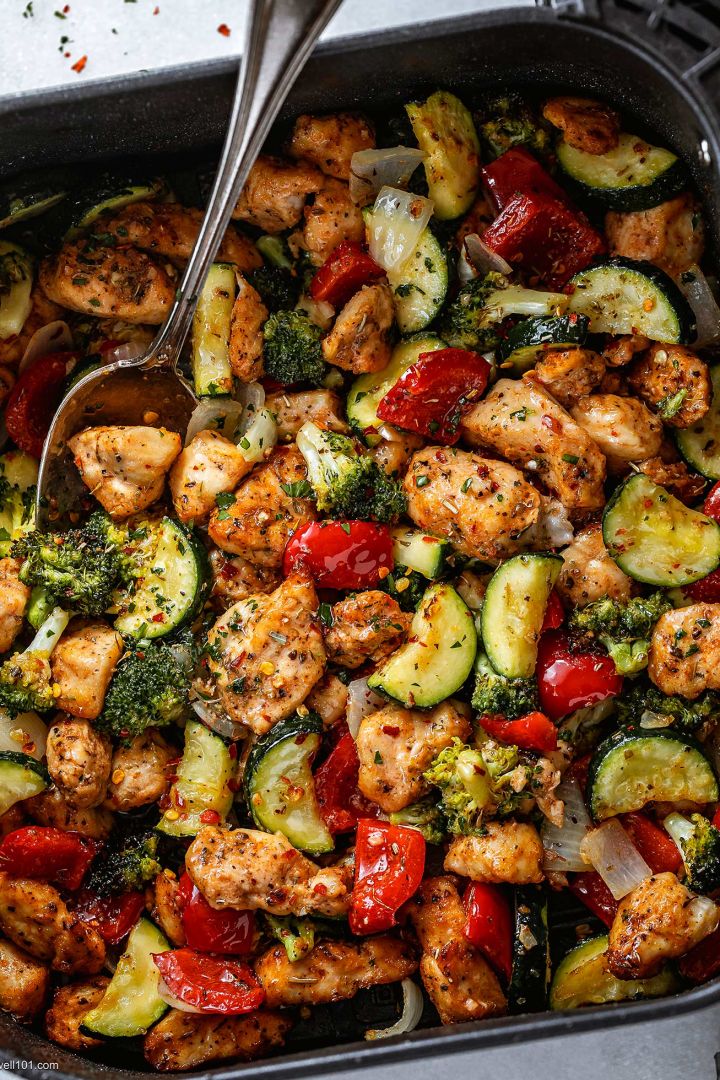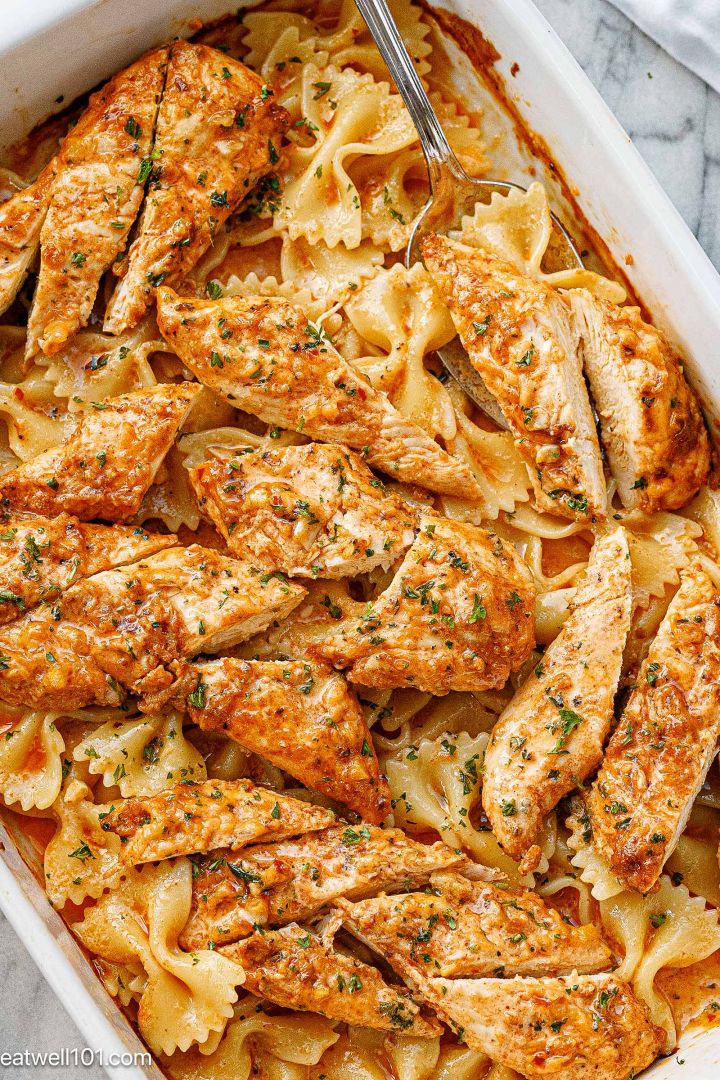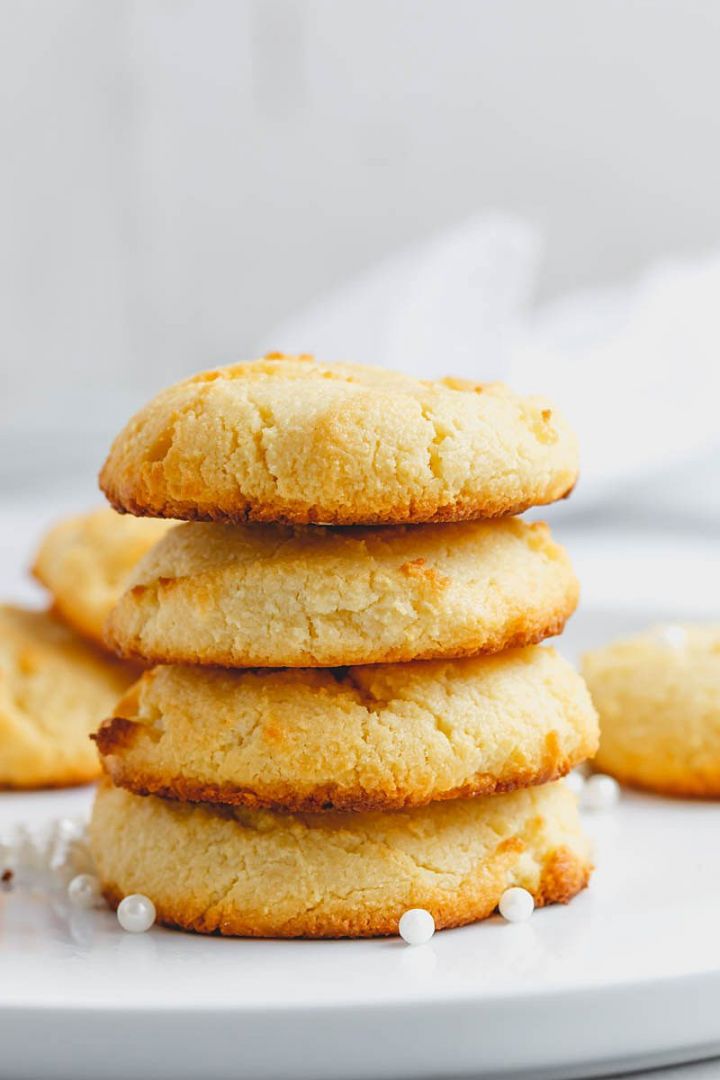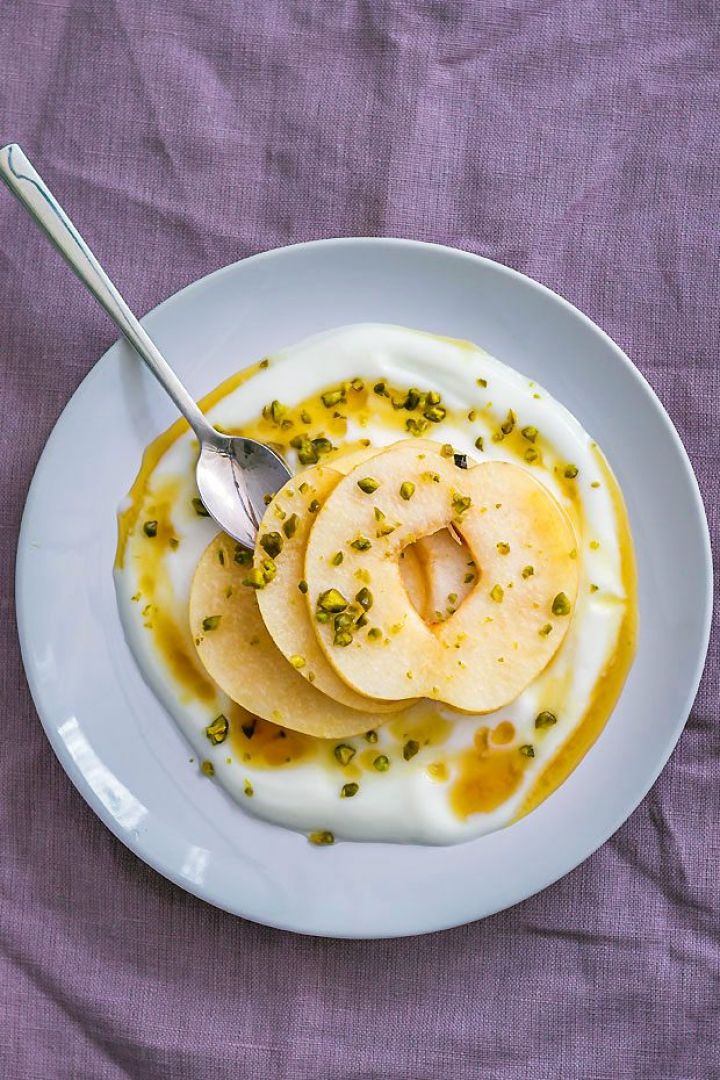Table of Contents
Discover the preparation of a successful vinegar sauce dressing, tips to improve it, including a low-fat dressing recipe, plus tips for varying gustatory pleasures.
Recipes for salad dressings and seasoning tips
Dressing is used to accentuate the taste of a dish or bland flavor and transform raw vegetables and salads. Thanks to interesting tips and tricks, you have the secret to successful dressing. Classic dressing as a basis for any recipe. Add other ingredients can change the taste of your dressing using herbs and spices while maintaining a harmonious taste.
Vinegar Sauce Recipe
The three principles of dressing based on the quality of ingredients you use, the order of mixing these ingredients and proportions used with your salad. For example, if the dosage is a tablespoon of vinegar, you’ll use the juice of half a lemon.
The preparation of the dressing
Containers suitable for the dressing include a bowl or a bowl to prepare your salad, a mini-whisk or spoon to facilitate the emulsion in the container. You can also use a special plastic shaker for salad dressings. It has a dual function, that of helping to prepare and retain effective your vinaigrette in the refrigerator and for several days.
The four basic ingredients for the dressing include the classic salt, pepper, a fatty product that can be oil, yogurt or sour cream and finally an acid such as lemon or vinegar.
Make a classic vinaigrette
Ideally, you make your own vinaigrette. So for this you must:
- to dissolve a pinch of salt and pepper in a tablespoon of wine vinegar or alcohol
- gradually add 3 tablespoons oil, eg sunflower oil
- Mix thoroughly and stir vigorously while to get a homogeneous mixture
On this basis, you may wish to add other ingredients, taking care to avoid unpleasant associations. From time to time, you can add a teaspoon of mustard or medium high. This serves to bind the oil to vinegar, as these two ingredients have different densities.
Tips for improving Dressing
Dressing used by conventional base in improving your dressing and it is possible to modify the recipe according to your preferences. You can choose between a variety of recipes including low-fat dressing and dressing thicker.
The low-fat dressing
A delicious low-fat dressing is ideal both in summer and when dieting, because it contains little oil and fat, so it’s less heat. It is particularly aimed at patients suffering from obesity and bad cholesterol. The secret is to use more water than oil in the preparation. For example you can combine:
- 1 teaspoon mustard
- 1 tablespoon lemon juice
- 2 tablespoons of carrot juice
- 1 pinch salt and pepper
The low-fat dressing goes very well with canned tuna nature, salads of vegetables including mushrooms, potatoes, green beans, but also the seafood salad with shrimp, mussels and lobsters to the full of vitamins.
The thick vinaigrette
The dressing will be thick on the other hand you used to emulsify dressing. Simply replace the oil of your wine vinaigrette base yoghurt, sour cream or cottage cheese. It would be best to use plain yogurt for a thin sauce creamier. You can also add a raw egg yolk and a little water to the mixture.
Tips for a pleasant change
Daring originality in the selection of ingredients can make all the difference. For example, opting for sherry or balsamic vinegar rather than wine vinegar. You can also improve the taste of your salad dressing using the mustard.
Also prefer olive oil to your cooking as it is better for health. For a tomato salad, add the roughly chopped basil leaves to the dressing base. Finally, the basic flavor the vinaigrette with herbs such as parsley, chives or chopped shallots to perfect the flavor of seasonings.
How to keep your dressing?
Dressing business generally lasts longer than a homemade vinaigrette. This is due to preservatives in your dressing. Homemade salad dressings are preserved very well in general, this up to 3 weeks. Simply put it in the refrigerator after each use to keep the freshness and quality ingredients and avoid the risk of diarrhea.
In some cases, it is possible to keep the dressing out of the refrigerator if you use lemon and olive oil. Another trick is then to take health care to keep your dressing to protect it from light to avoid to run it under the influence of heat. Indeed, the light often destroys the vitamin C in lemon juice, which has the effect of giving a rancid taste. — Also Read: How to Make Yogurt Sauce


